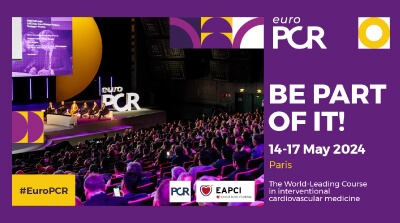The aim of this randomized open study was to determine whether CTO guided left main percutaneous coronary intervention (PCI) is superior to fluoroscopy guided PCI, using fractional flow reserve (FFR) after stenting.

The secondary outcomes were procedural success (successful implantation, malposition, edge dissection or stent collapse) and major adverse cardiovascular events (MACE) at one year.
The study included 197 non-ST elevation acute coronary syndrome (NST ACS) patients with unstable angina, stable angina or silent ischemia, with significant angiographic or FFR left main lesion (%DS ≥50% and ≤0.80 respectively)and ≤ 22 Syntax score.
CTO patients were assessed prior and post PCI, while the angiography only patients received fluoroscopy. Both groups had a final assessment and FFR was carried out after 12 months.
As to the primary FFR outcomes, there were no significant differences between the groups (0.894 ± 0.049 vs 0.889 ± 0.056; P=0.5237). However, when looking at procedural success, a significant difference was observed in favor of CTO (58.9% vs 34.4%; P=0.0009), especially as regards sub-expansion optimization (P=0.08), malposition (P=0.0005) and stent collapse (P=0.0045). The difference in MACE was smaller and with no statistical significance mainly due to target vessel failure (TVF).
Read also: EuroPCR 2024 | Prognostic Value of MRR in STEMI: Group Analysis of Individual Patients.
Therefore, the authors concluded that, compared against conventional PCI, the use of CTO did not show significant differences in functional outcomes (FFR). However, it did show better procedural success and lower incidence of new revascularization.

Dr. Omar Tupayachi.
Member of the Editorial Board of SOLACI.org.
Reference: Presented by Nicolas Meneveau at Late-Breaking Clinical Trials, EuroPCR 2024, May 14-17, Paris, France.
Subscribe to our weekly newsletter
Get the latest scientific articles on interventional cardiology





